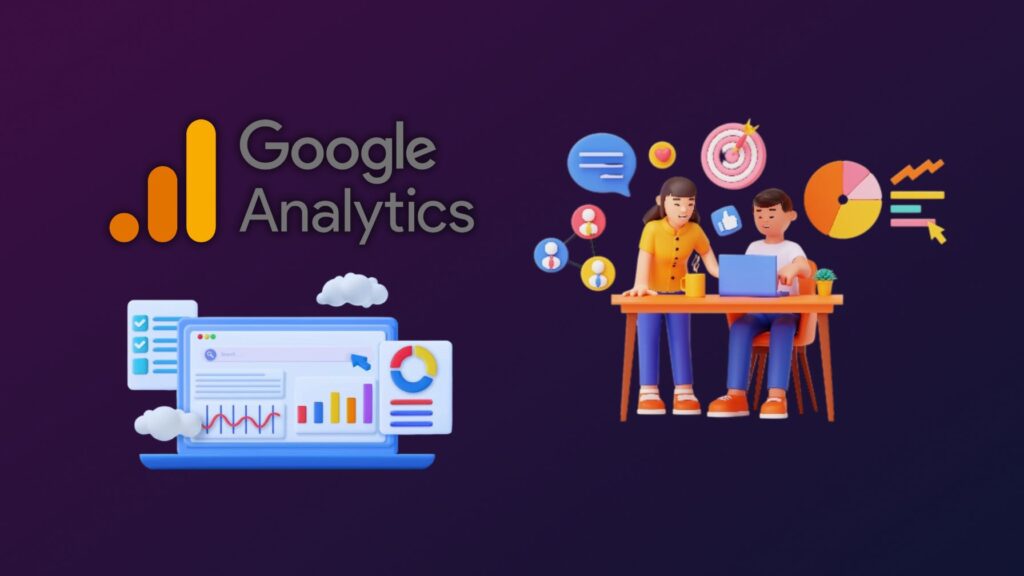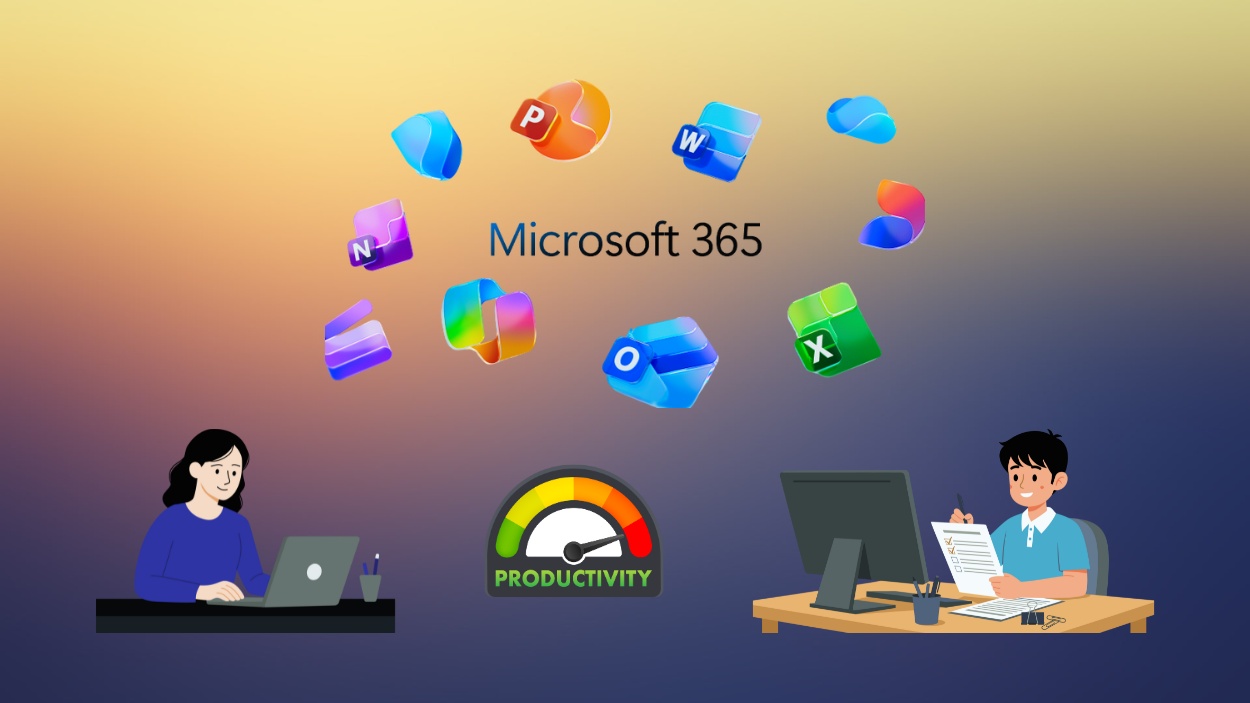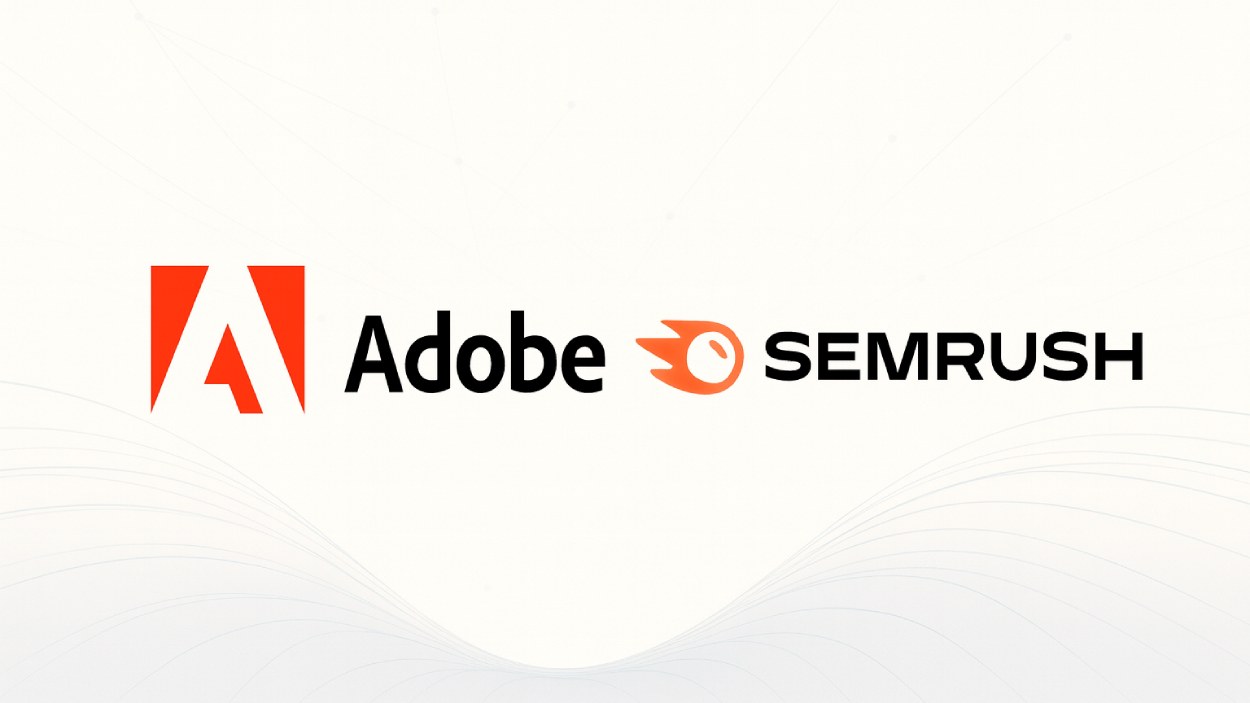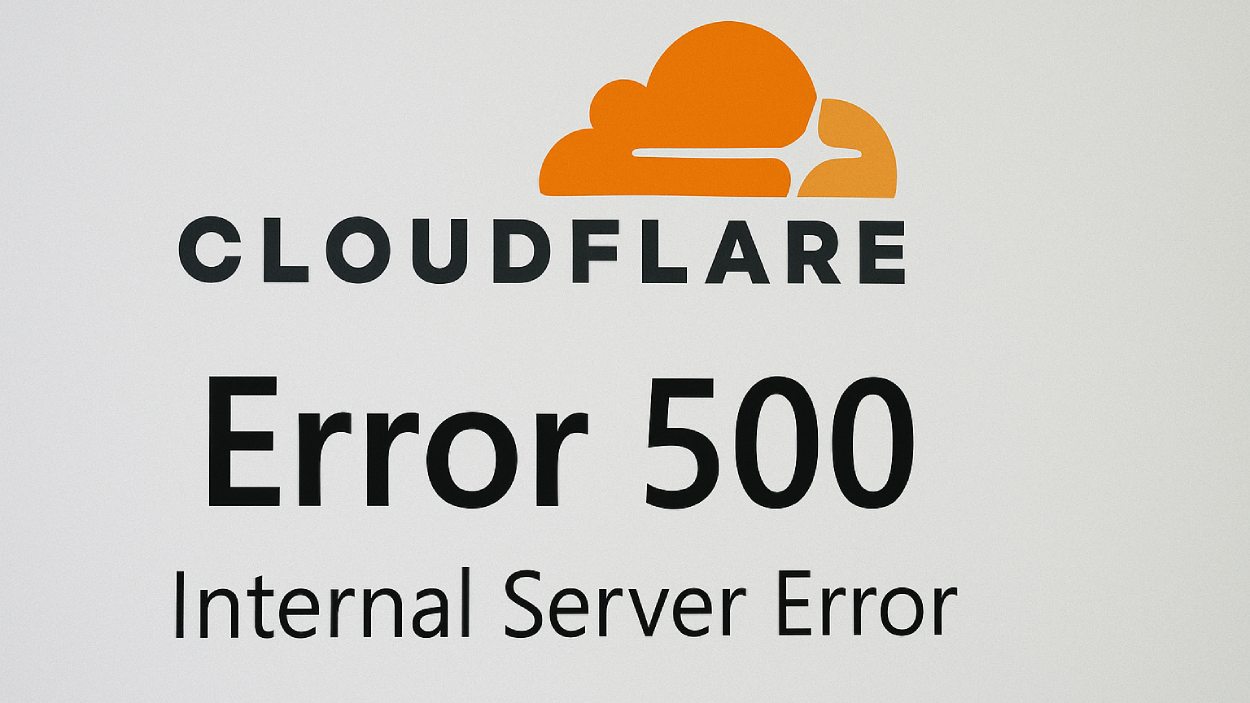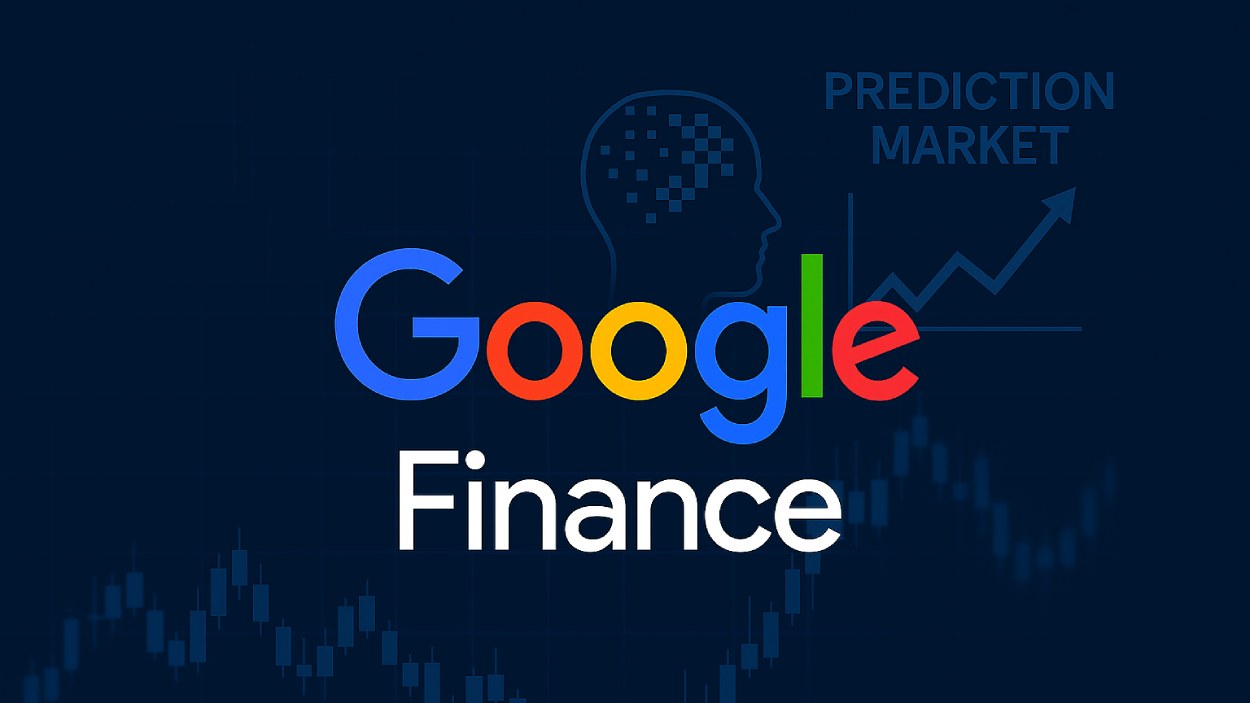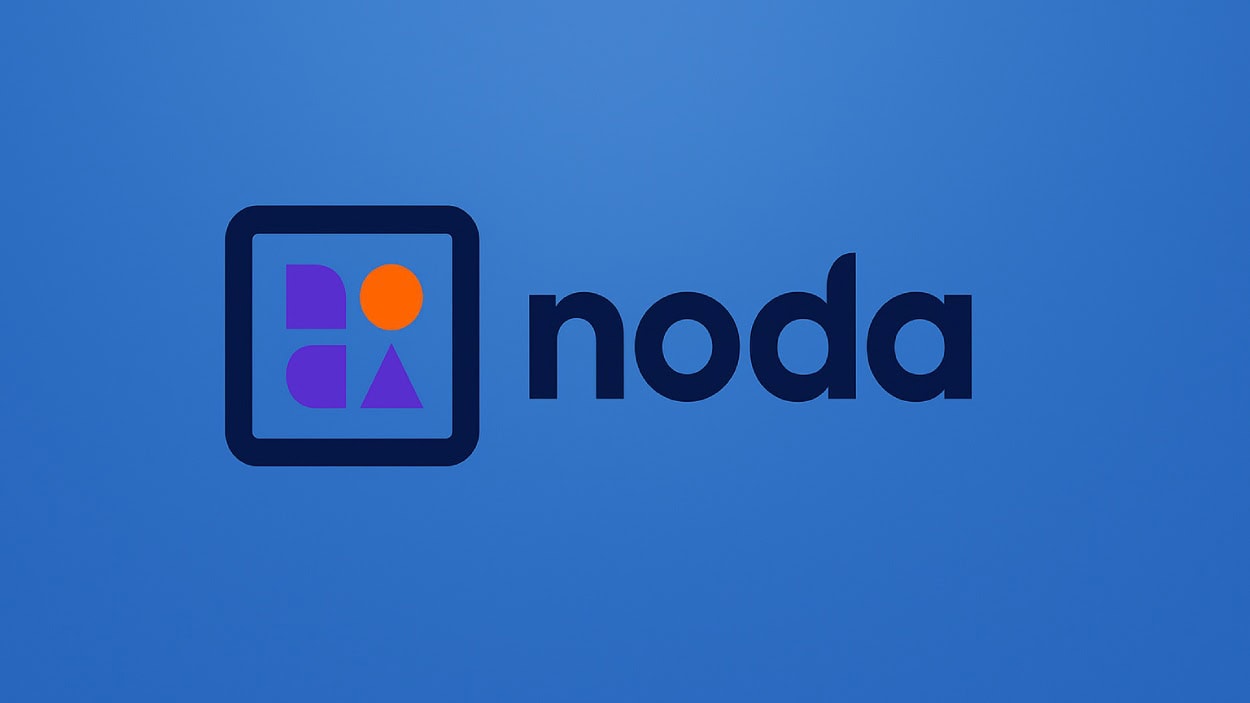It started as a quiet revolution. In 2005, Google acquired Urchin and rebranded it into what we now know as Google Analytics, a free tool that changed the way websites measured success. Fast forward to 2025, and analytics isn’t just for webmasters or SEO nerds anymore. It’s the foundation of digital strategy, guiding everything from e-commerce optimizations to government communication efforts.
Whether you’re a small business or a Fortune 500 company, the numbers you see in your Google Analytics dashboard can determine where your next dollar goes. With the full migration to GA4 now complete, this year’s statistics reveal the real impact of the platform in a data-driven world.
Editor’s Choice
- Over 56% of the top 1 million websites globally now rely on Google Analytics for visitor tracking and performance insights.
- Google Analytics 4 (GA4) adoption among existing Universal Analytics users crossed 92% by Q1 of 2025.
- GA4’s real-time reporting usage has increased by 48% YoY, highlighting the shift toward proactive data monitoring.
- 90% of U.S. marketers consider Google Analytics an essential part of their digital marketing toolkit.
- The average ROI improvement reported after full GA4 implementation stands at 17.6%, based on 2024–2025 surveys.
- Google Analytics integration usage with ad platforms like Google Ads has surged by 61% since early 2024.
- Privacy compliance concerns dropped by 35% after Google’s rollout of consent mode v2 and more transparent user control tools.
Google Analytics Usage by Company Size
- Large businesses (with more than 1,000 employees) make up only 9.1%, indicating lower usage among enterprise-level firms.
- Small Businesses dominate usage of Google Analytics, accounting for 73.7% of users. These are companies with fewer than 50 employees.
- Medium-sized businesses (with over 259 employees) represent 17.2% of users, showing moderate adoption.
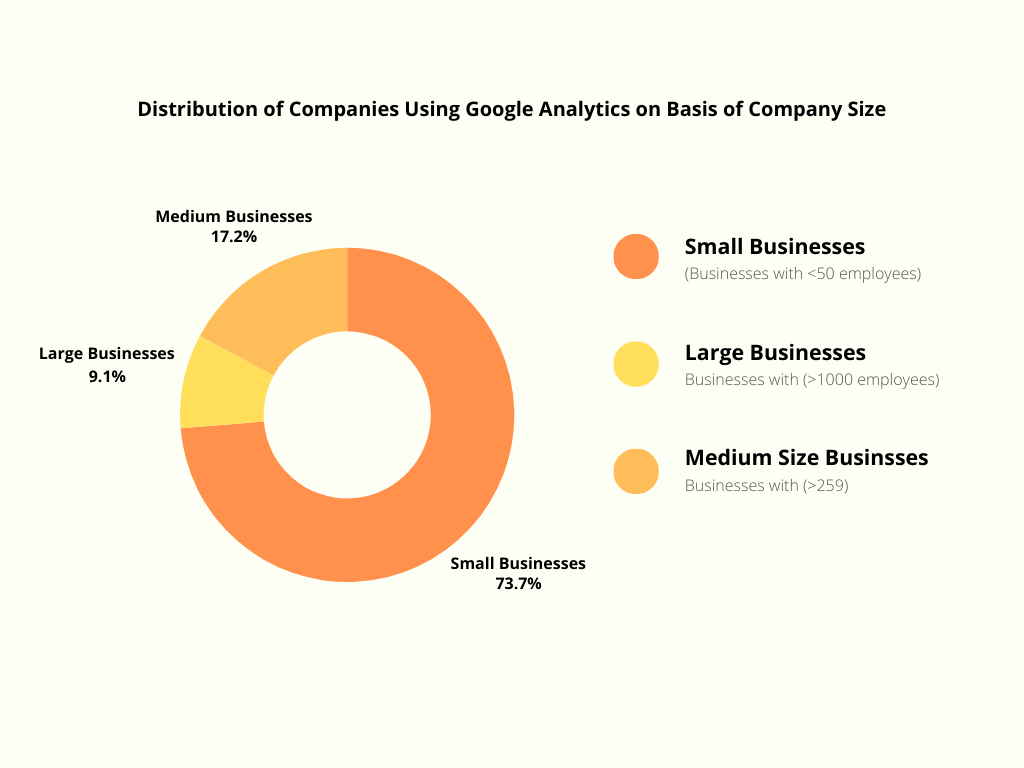
Total Number of Google Analytics Users Worldwide
- As of 2025, Google Analytics is used by over 38 million websites globally.
- The United States accounts for approximately 42% of all GA users, followed by the UK, India, and Germany.
- GA4 users surpassed 30 million globally in early 2025, while legacy Universal Analytics was officially retired in mid-2023.
- Between January 2024 and March 2025, 1.2 million new websites integrated Google Analytics for the first time.
- SaaS and e-commerce sectors make up 58% of all new GA4 installations.
- The number of enterprise-level organizations using Google Analytics (with over 100K monthly visitors) grew by 12.8% YoY.
- In 2025, Google Analytics will be the default analytics solution for more than 63% of new startups.
Market Share of Google Analytics Among Web Analytics Tools
- Google Analytics holds a 65.2% market share among all web analytics platforms worldwide.
- In the U.S., over 70% of marketing teams prefer GA over competitors like Adobe Analytics, Matomo, and Mixpanel.
- The next closest competitor, Adobe Analytics, holds only 10.8% of the global market share.
- Google Analytics is installed on nearly 90% of sites using any form of traffic measurement tool.
- Among Fortune 500 companies, 86% utilize Google Analytics, including both GA4 and legacy configurations.
- Google Tag Manager, a companion tool, is used on 58% of websites that also use GA4.
- Mobile-first websites using GA4 have grown by 33% YoY, driven by mobile behavior tracking improvements.
- GA’s market share in non-English-speaking markets increased from 41% in 2023 to 48% in 2025.
Google Analytics Market Share by Industry in 2024
- Financial Services comes in with 159,906 users, showing a growing reliance on data to optimize digital strategies.
- Retail leads the pack with 544,962 businesses using Google Analytics, making it the top industry adopter.
- Construction follows closely with 403,543 users, showing strong digital tracking integration in a traditionally offline sector.
- IT & Services ranks third, with 277,874 businesses using the platform to monitor digital performance.
- Hospital & Health Care is not far behind, with 276,318 users, reflecting the sector’s growing emphasis on digital presence.
- Computer Software firms contribute 262,768 users, highlighting the tech-savvy nature of this industry.
- Marketing & Advertising accounts for 221,711 users, emphasizing data-driven strategies in the sector.
- Hospitality sees 216,732 users, indicating widespread adoption to enhance guest engagement and track conversions.
- Real Estate features 206,240 users, leveraging analytics to understand customer behavior and improve property visibility.
- Consumer Services has 169,802 users, underlining the importance of analytics in customer experience management.
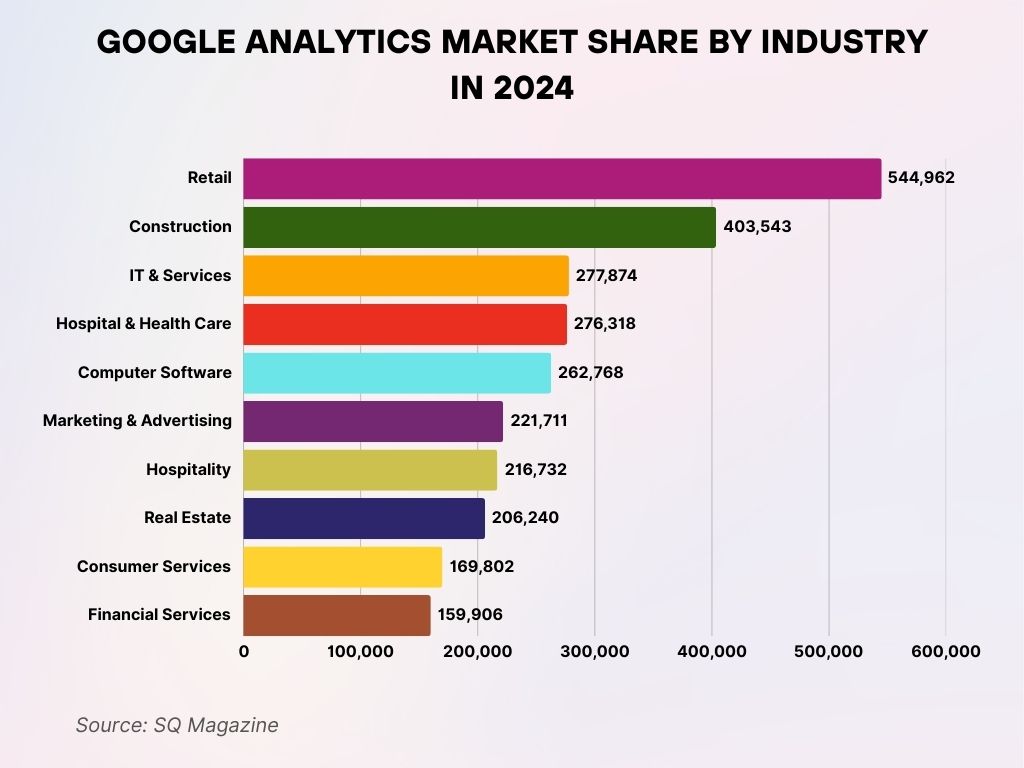
Usage Statistics by Website Type and Industry
- E-commerce platforms lead usage with over 78% of online stores using Google Analytics to track sales funnels and conversions.
- In the education sector, 62% of universities use GA4 for website optimization and enrollment tracking.
- Among nonprofits, 54% now rely on GA4, up from just 38% in 2023.
- Travel and hospitality websites using GA grew to 66%, with real-time behavior data playing a key role in seasonal campaign optimization.
- Healthcare websites show a 47% adoption rate, with privacy-focused analytics playing a key role in compliance.
- Blogs and content-heavy sites reported a 32% increase in engagement tracking since switching to GA4’s event-based model.
- Media and news websites report that GA’s integration with Google Tag Manager helped improve load speed analytics by 24%.
- SaaS companies using GA4’s funnel analysis tools reported a 21% improvement in user onboarding performance.
- Government websites using Google Analytics saw a 19% boost in usability testing metrics and search behavior insights.
Adoption Rate of Google Analytics 4 (GA4)
- As of Q2 2025, GA4 is used by over 93% of websites that previously used Universal Analytics.
- GA4 adoption among mobile apps increased by 28% YoY, thanks to improved Firebase integration.
- Small businesses saw the highest growth in GA4 adoption at 31% YoY, driven by simplified onboarding workflows.
- Agencies report that 80% of client websites now use GA4 as their default reporting solution.
- Among Shopify users, GA4 adoption rose to 88%, as GA4 became the platform’s officially recommended analytics tool.
- Custom GA4 dashboards saw a 45% rise in creation, driven by demand for focused KPIs and funnel data.
- GA4’s integration with BigQuery is used by nearly 30% of enterprise sites, enabling deeper data modeling.
- 59% of marketing professionals agree that GA4’s predictive metrics have improved their campaign targeting accuracy.
Key Google Analytics Usage Statistics
- 88.7% is the market share of Google Analytics among all analytics platforms available.
- 44 million sites have used Google Analytics, highlighting its widespread adoption in the digital ecosystem.
- 14.2 million websites are currently using GA4, the latest version of Google Analytics.
- 3.2 million GA4 users are based in the United States, showing strong usage within the U.S. market.
- 55.5% of all websites globally use Google Analytics, reflecting its dominance as a web analytics tool.
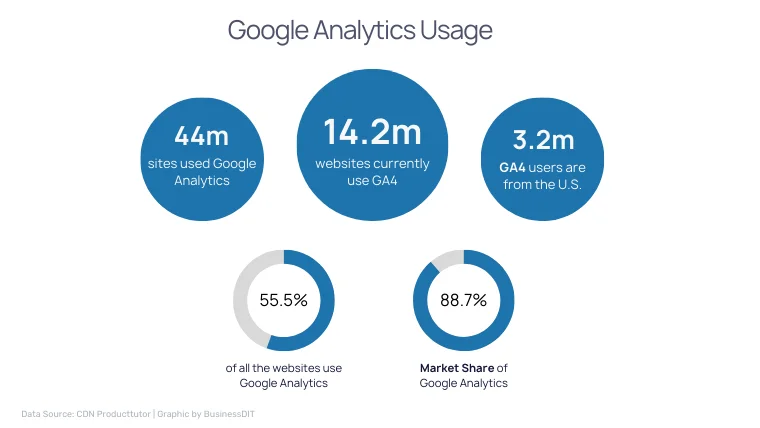
Google Analytics Features
- GA4’s event-based data model is now used by over 91% of sites that implemented tracking updates in 2024–2025.
- Enhanced Measurement (scrolls, outbound clicks, video engagement) is active on 72% of GA4 properties by default.
- Predictive metrics like purchase probability and churn rate are utilized by 37% of marketing teams.
- Explorations, GA4’s advanced data visualization tool, saw a 61% increase in user activity since mid-2024.
- Custom dimensions and metrics are deployed on 43% of GA4 installations, primarily by agencies and mid-sized businesses.
- User-ID tracking for cross-device analysis is enabled on 34% of e-commerce websites, improving attribution paths.
- GA4’s debug view usage increased by 49% YoY, driven by better developer tools and Chrome extensions.
- GA4’s audience triggers are actively used by 27% of sites for remarketing campaigns and conversion alerts.
- Funnel exploration reports are favored by 40% of enterprise users, particularly for complex user flows.
- Machine learning-powered insights (auto-alerts and anomaly detection) are cited as useful by 52% of analysts.
Google Analytics Integrations
- Google Ads remains the most popular integration, connected with 89% of GA4 accounts.
- Google Tag Manager (GTM) is used by 68% of websites running Google Analytics for easy tag deployment.
- Search Console integration is active on 45% of GA properties, improving organic traffic analysis.
- BigQuery export is used by 28% of advanced GA users, mostly in tech, SaaS, and enterprise sectors.
- Looker Studio (formerly Data Studio) integrations rose by 34% as businesses prioritized real-time dashboarding.
- CRM tools like HubSpot and Salesforce are connected to 19% of GA4 setups, enabling end-to-end conversion tracking.
- Shopify and WooCommerce plugins for GA4 grew in usage by 41% since January 2024.
- GA4 is increasingly integrated with marketing automation tools like Klaviyo and ActiveCampaign, now active in 22% of B2C businesses.
- GA4’s e-commerce tracking integration is configured in 71% of stores, enabling revenue, product, and cart behavior tracking.
- Slack and email alerting integrations using GA4 APIs are in use by 17% of teams, especially for performance monitoring.
Top Countries Using Google Analytics
- Other countries combined make up the largest portion, with 69.8%, showcasing the tool’s wide global distribution beyond the top three.
- The United States leads globally, accounting for 24.6% of all Google Analytics users.
- Japan holds 2.9%, showing moderate adoption within the Asian market.
- The United Kingdom contributes 2.7%, reflecting its consistent presence in digital analytics usage.
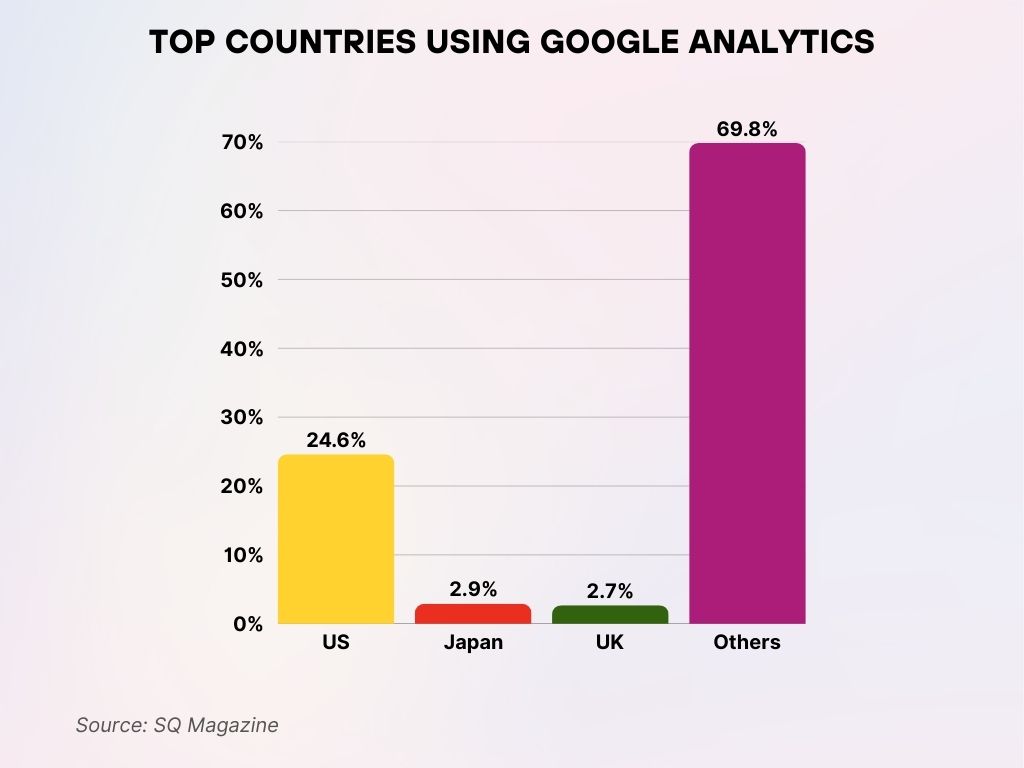
Benefits and Limitations
- 79% of marketers say GA4 provides better long-term insight than Universal Analytics.
- GA4’s free price point remains a top benefit, especially for 84% of SMBs surveyed in Q1 2025.
- Users praise GA4’s event-based tracking for delivering 22% more granular insights compared to session-based models.
- Cross-device and cross-platform tracking is cited as a key benefit by 48% of B2C tech companies.
- However, 23% of GA4 users report confusion over the interface compared to Universal Analytics.
- Data retention limits (14 months by default) are seen as a limitation by 36% of enterprise analysts.
- GA4 lacks built-in IP filtering, causing difficulties for 29% of teams needing to exclude internal traffic.
- Sampling in custom reports is still an issue for 21% of high-traffic websites despite GA4’s improved architecture.
- Training and documentation gaps were cited by 33% of users as a hurdle in learning GA4 effectively.
- Real-time reports are praised by 58% of users, but the limited historical data range is a concern for long-term trend analysis.
Google Analytics Usage on Classic Google Sites
- As of 2025, only 5.3% of Google Sites still actively use integrated Google Analytics tracking.
- Usage has dropped by 46% since 2023, largely due to platform limitations and GA4 compatibility concerns.
- Classic Google Sites no longer supports full GA4 tagging without custom HTML edits, leading to a decline in tracking.
- Many educational institutions that relied on Google Sites have migrated to alternative CMS platforms like WordPress or Wix.
- Embedded analytics scripts in Classic Sites are blocked in some enterprise networks, reducing data accuracy.
- Only 2% of newly created Google Sites in 2025 reported having working GA4 tracking installed.
- GA4’s event-based model is not fully compatible with older static HTML site structures, causing implementation gaps.
- Schools and small organizations that used Google Sites are switching to GA-compatible platforms to maintain tracking integrity.
Twitter vs. Facebook Referral Performance (Google Analytics Snapshot)
- Visitor Type (Facebook): 62.8% were new visitors, while 37.4% were returners.
- Total Visitors: The site had 819 people visit, tracked via social referrals.
- Visits: Twitter brought in 1,315 visits, while Facebook generated 991 visits.
- Unique Visitors: Twitter referrals had 819 unique visitors, compared to 715 from Facebook.
- Pageviews: Users from Twitter viewed 2,698 pages, while Facebook users viewed 1,354 pages.
- Pages per Visit: Visitors from Twitter had a higher engagement rate, with 2.05 pages/visit versus 1.37 pages/visit from Facebook.
- Visitor Type (Twitter): 54.8% were new visitors, and 45.2% were returning.

Data Accuracy and Sampling Limitations in GA4
- GA4 uses unsampled data by default, but sampling still occurs in advanced reports with high volume.
- Custom reports with over 10 million events are subject to data sampling, affecting 18% of enterprise users.
- 52% of marketers say GA4 delivers more reliable data than Universal Analytics when used with filters and segments.
- Modeling techniques used in GA4’s user metrics have a ±3% margin of error, based on Google documentation.
- GA4’s engagement time calculation is more precise due to active page measurement, improving bounce accuracy by 21%.
- 60% of GA4 users rely on thresholding alerts to prevent the over-interpretation of incomplete data sets.
- Anomaly detection alerts in GA4 helped reduce reporting errors by 17% across surveyed agencies.
- Granular event tagging (vs pageviews only) enhances report depth but requires more manual configuration, a barrier for 27% of users.
- Data freshness delays in GA4 average 4–6 hours compared to near-instant data in Universal Analytics for smaller sites.
- Multi-touch attribution models in GA4 still produce inconsistent results for 13% of users, especially in B2B industries.
Average Frequency of Google Analytics Usage by Businesses
- Daily usage of Google Analytics is reported by 68% of marketing teams, up from 55% in early 2024.
- 35% of CEOs and CMOs review GA dashboards at least once per week, signaling C-suite buy-in.
- SMBs use GA4 an average of 3 times per week, primarily to track conversions and ad spend performance.
- Agencies log into client GA accounts on average 9 times per week, especially around campaign launches.
- Real-time monitoring during product drops or flash sales increased by 26% YoY among e-commerce teams.
- Monthly reporting dashboards are generated by 81% of businesses, many using Looker Studio.
- 32% of teams now use GA4 data to inform daily marketing decisions, up from just 19% in 2023.
- Finance and ops teams review GA less frequently, with 68% accessing data monthly or quarterly.
- The average session duration for in-GA usage per login is 12.5 minutes, showing deeper engagement in 2025.
- Automated GA reports via email are sent out weekly by 44% of companies, reducing manual labor.
Analytics Tools Used by Fortune 500 Companies
- IBM Analytics held the smallest share among major tools, with just 7.8% usage.
- Google Analytics was the top choice, used by 63.2% of Fortune 500 companies.
- Adobe Digital Marketing Suite ranked second with a 25.4% adoption rate.
- Webtrends was used by 14.8% of companies, showing a modest market presence.
- 9.8% of companies either used no analytics tool or relied on other platforms.
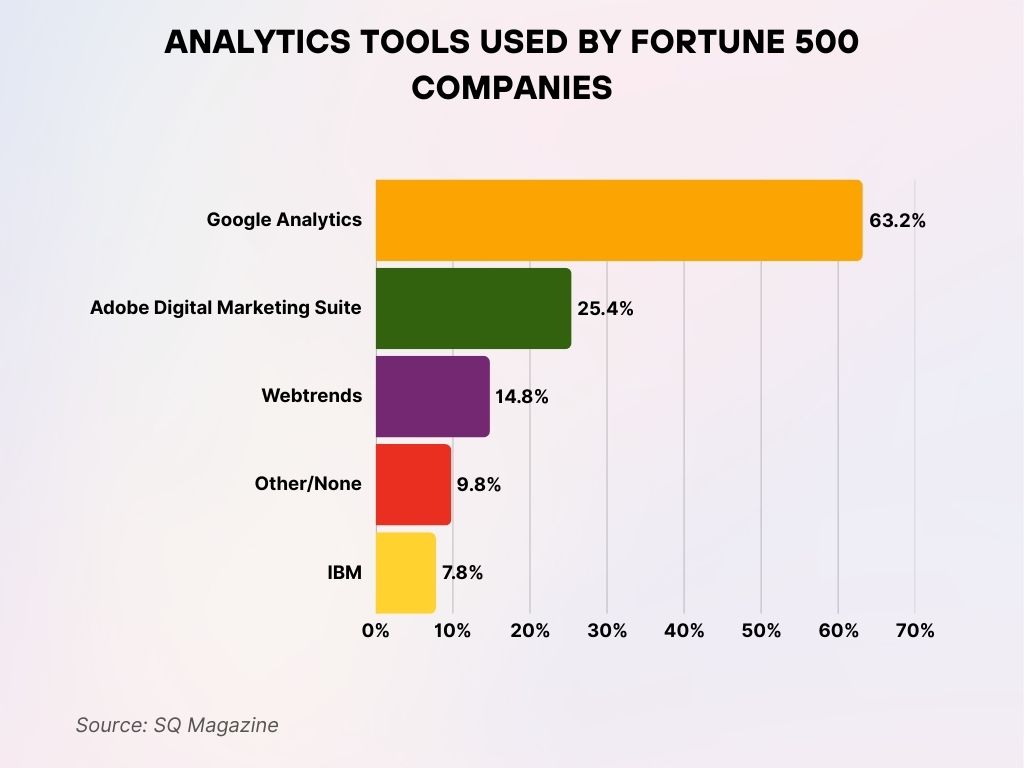
Impact of Google Analytics on Marketing ROI
- Businesses using GA4 report an average ROI improvement of 21.4%, largely due to better attribution and conversion tracking.
- E-commerce brands saw a 29% increase in campaign effectiveness when using GA4 to guide ad spending decisions.
- GA4 users leveraging predictive metrics for ad targeting achieved 17% higher click-through rates (CTR) in paid campaigns.
- 42% of B2B companies said GA data directly influenced sales funnel optimizations and boosted lead quality.
- Real-time reporting enabled 23% faster campaign pivots, particularly during seasonal marketing efforts.
- Companies integrating GA4 with CRM platforms like Salesforce reported a 33% increase in lead-to-close efficiency.
- Email marketing A/B tests informed by GA4 audience segmentation produced 15% higher open rates.
- Retailers tracking GA-based product views and cart abandonment noted a 12.6% uptick in recovered revenue using retargeting.
- Marketing teams using GA4 for performance benchmarking reduced customer acquisition costs (CAC) by 19%.
- GA4’s path exploration tool helped 29% of firms discover new customer journey bottlenecks, leading to conversion rate boosts.
Privacy Concerns and Regulatory Compliance Statistics
- 53% of digital marketers list privacy compliance as a top concern when configuring Google Analytics.
- Google’s Consent Mode v2 saw a 41% adoption rate in GA4 setups across the U.S. and Europe.
- California-based websites saw a 32% increase in GA configuration updates following CPRA enforcement in January 2024.
- 27% of organizations now use server-side tagging to better control data flow and user privacy.
- GDPR and ePrivacy Directive compliance were cited by 46% of EU-based businesses using GA4.
- Google Analytics is currently banned in four EU countries unless additional privacy configurations are implemented.
- 23% of companies added anonymized IP and cookieless tracking via GTM to meet stricter privacy guidelines.
- Privacy-related legal complaints involving GA4 dropped by 17% YoY, suggesting better compliance education and tools.
- Healthcare and finance industries are adopting privacy-focused analytics alternatives like Plausible or Matomo at a rate of 14%.
- 63% of surveyed analytics users believe Google is making adequate efforts to align GA4 with evolving privacy laws.
Comparison Between Google Analytics and Competitor Tools
- Google Analytics holds 65.2% of the global market share, with Adobe Analytics trailing at 10.8%.
- GA4’s free access model gives it a major edge, especially for small and mid-sized businesses.
- While Adobe Analytics offers more advanced segmentation, 71% of marketers prefer GA4’s ease of use.
- Tools like Plausible, Matomo, and Fathom are gaining traction due to privacy-first approaches, used by 18% of EU startups.
- Mixpanel is preferred by 19% of product teams focused on real-time user interaction tracking.
- GA4’s machine learning-powered insights outpace legacy tools like Piwik Pro in automated anomaly detection.
- Hotjar and Microsoft Clarity are frequently used alongside GA4 for behavior visualization, not as replacements.
- Companies switching from GA to other tools most often cite data ownership and privacy as core reasons (33%).
- GA4’s native ad integration with Google Ads gives it a strategic edge in ad campaign alignment unmatched by other platforms.
- Still, 25% of large enterprises now operate dual analytics stacks, combining GA4 with a secondary platform for validation and compliance.
Trends in Google Analytics Usage Post GA4 Rollout
- GA4 adoption rose 44% YoY following Universal Analytics’ sunset in July 2023.
- The number of certified GA4 professionals grew by 67% in 2024, driving deeper organizational usage.
- Server-side tagging adoption increased by 38%, especially among sites focused on cookieless tracking.
- Mobile app tracking with GA4 and Firebase increased in 2025 by 24%, improving cross-platform visibility.
- GA4’s event-based tracking flexibility led to a 41% increase in custom metrics creation by developers.
- Google’s push for zero-party and first-party data strategies influenced 32% of new GA implementations.
- Companies using GA4 + BigQuery + Looker Studio saw a 37% rise in custom analytics pipelines.
- Industry-specific templates for GA4 (e.g., for e-commerce and SaaS) gained popularity in 2025, reducing setup time by up to 60%.
- Behavioral prediction features gained traction, with usage rising 19% across customer success teams.
- Educational webinars on GA4 hosted by Google and partners had over 200K attendees in 2024–2025, reflecting growing demand.
Google Analytics Usage Among E-commerce Platforms
- Shopify sites using GA4 rose to 88%, with full Enhanced E-commerce enabled on 61% of stores.
- WooCommerce adoption of GA4 hit 73%, driven by plugin support and sales funnel visibility.
- Magento-based stores with GA4 implementation increased by 31% YoY, focusing on real-time user segmentation.
- GA4’s revenue tracking accuracy improved by 21% for e-commerce stores using Google Tag Manager and structured data layers.
- Abandoned cart recovery strategies informed by GA data resulted in an average 13% sales lift.
- Cross-device buyer journeys are now tracked by 48% of multi-channel stores using GA4 and Firebase.
- 39% of GA4-using stores segment product analytics by category, helping improve inventory decisions.
- Customer lifetime value (CLV) predictions using GA4’s machine learning models are used by 22% of DTC brands.
- Subscription-based platforms use GA4’s cohort analysis tools for churn detection and upsell strategy in 26% of cases.
- Real-time conversion monitoring helped reduce checkout drop-offs by 18% in stores using GA + UX heatmap tools like Hotjar.
Recent Developments in Google Analytics
- In early 2025, Google rolled out GA4 “Data Redaction Controls” to help users mask sensitive values automatically.
- GA4 now supports predictive audience creation for app users based on real-time behavior modeling.
- Consent Mode v2 enhancements now allow region-specific tag behaviors, complying with local privacy laws dynamically.
- Google announced deeper integration between GA4 and YouTube Analytics, supporting multi-platform content strategy tracking.
- The GA4 Diagnostic Assistant introduced in March 2025 helps auto-detect broken tags and misconfigured events.
- New integration with Looker AI enables deeper forecasting based on GA4 traffic and campaign data.
- A “Lite” version of GA4 for small websites was launched in beta, reducing complexity for low-traffic sites.
- Google introduced a visual funnel builder UI in GA4’s Explorations, replacing cumbersome custom setups.
- GA4’s Data API v2 now allows greater control over user and event data exports for advanced applications.
- GA’s official certification program was overhauled in April 2025 to emphasize real-world GA4 case studies and sandbox use.
Conclusion
From a simple tracking tool to a core marketing intelligence platform, Google Analytics has evolved tremendously. The full transition to GA4 in 2025 marks a new chapter, one defined by real-time insights, predictive modeling, and greater privacy alignment.
This year’s data clearly shows that while the learning curve remains, organizations that embrace GA4’s capabilities are seeing real performance gains. Whether you’re optimizing a Shopify store or navigating complex B2B funnels, Google Analytics 4 isn’t just a dashboard, it’s a compass for digital growth.
As regulations tighten and user expectations shift, analytics platforms will need to keep evolving. But for now, GA4 stands tall as the most used and most trusted analytics solution in the digital world.

